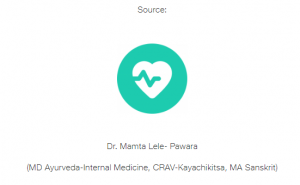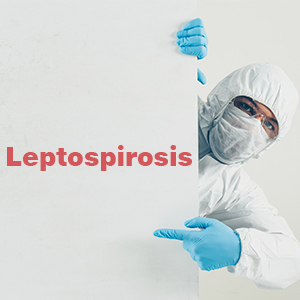Leptospirosis, a zoonotic disease caused by the bacterium Leptospira interrogans, poses a significant public health concern worldwide. It affects both humans and animals (cattle and livestock included), causing a range of symptoms in humans from mild flu-like illness to severe life-threatening complications. Understanding the causes, risk factors, signs and symptoms, and treatment options is crucial in combating this often overlooked disease.
The Cause
Leptospirosis is primarily transmitted to humans through contact with water, soil, or food contaminated by the urine of infected animals, particularly rodents. The bacteria can survive in the environment for extended periods, making it a persistent threat. Infection can occur through breaks in the skin or mucous membranes, such as the eyes, nose, or mouth, and is more likely to happen in warm and humid climates.
The Role of Rodents
Rodents, particularly rats, play a pivotal role in the transmission of leptospirosis. They serve as reservoir hosts, carrying the bacteria in their kidneys and excreting it through urine. When urine-contaminated water or soil comes into contact with open wounds or enters the body through mucous membranes, the bacteria can enter the bloodstream, leading to infection. It is important to note that humans can also contract leptospirosis through direct contact with the urine or tissues of infected animals.
Seasonal Variation
The incidence of leptospirosis often exhibits seasonal variation, with an increase during periods of heavy rainfall and flooding. These climatic conditions create favourable environments for the survival of Leptospira bacteria and increase the risk of contamination of water sources. Moreover, floods can displace rodents, bringing them into closer proximity with humans and increasing the likelihood of transmission. It is vital to remain vigilant and take appropriate precautions during these periods.
Signs and Symptoms
The signs and symptoms of leptospirosis can vary widely, ranging from mild to severe manifestations. The incubation period is typically 5 to 14 days, but it can extend up to 30 days. Early symptoms often resemble those of influenza, including fever, headache, muscle pain, chills, and vomiting. As the disease progresses, more severe symptoms may emerge, such as jaundice (yellowing of the skin and eyes), kidney failure, liver damage, meningitis, and respiratory distress. If left untreated, leptospirosis can lead to organ failure and even death.
Diagnosis and Treatment
Prompt diagnosis is critical for effective management of leptospirosis. Healthcare professionals may perform blood tests to detect specific antibodies produced by the immune system in response to the infection. Polymerase chain reaction (PCR) tests can also identify the presence of Leptospira DNA in blood or urine samples. In severe cases, additional tests like kidney and liver function tests, chest X-rays, and lumbar punctures may be necessary to determine the extent of organ damage.
Treatment typically involves the administration of antibiotics such as doxycycline or penicillin to eliminate the bacteria from the body. In severe cases, hospitalization may be required for intravenous antibiotics, fluid replacement, and other supportive measures. Early initiation of treatment significantly improves outcomes and reduces the risk of complications.
Prevention and Precautions
Preventing leptospirosis primarily involves reducing exposure to contaminated environments and practicing good hygiene. Here are some precautions to exercise:
- Avoid swimming or wading in potentially contaminated water, especially during flooding or after heavy rains.
- Use protective clothing, such as boots and gloves, when working in areas prone to rodent infestation.
- Maintain good sanitation and hygiene practices, including proper disposal of waste and regular handwashing with soap and water.
- Control rodent populations through effective pest management strategies, such as trapping and rodent-proofing buildings.
- Vaccination against leptospirosis is available for certain high-risk groups, such as agricultural workers and those living in endemic areas.
Conclusion
Leptospirosis is a significant but often overlooked health concern. The disease is caused by the bacteria Leptospira interrogans and is primarily transmitted through contact with the urine of infected animals, particularly rodents. Understanding the risk factors, signs and symptoms, and treatment options is crucial for early diagnosis and effective management. By taking necessary precautions and practicing good hygiene, we can minimize the risk of contracting this potentially severe disease.
Stay informed, stay vigilant, and together, we can combat leptospirosis and protect our communities!

